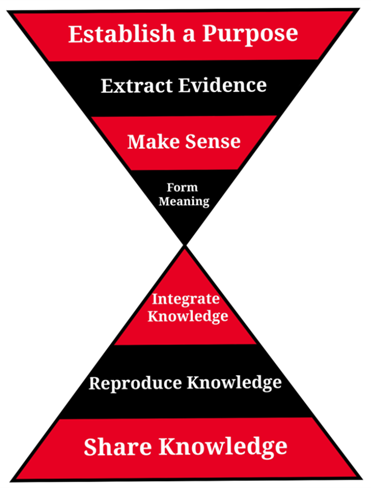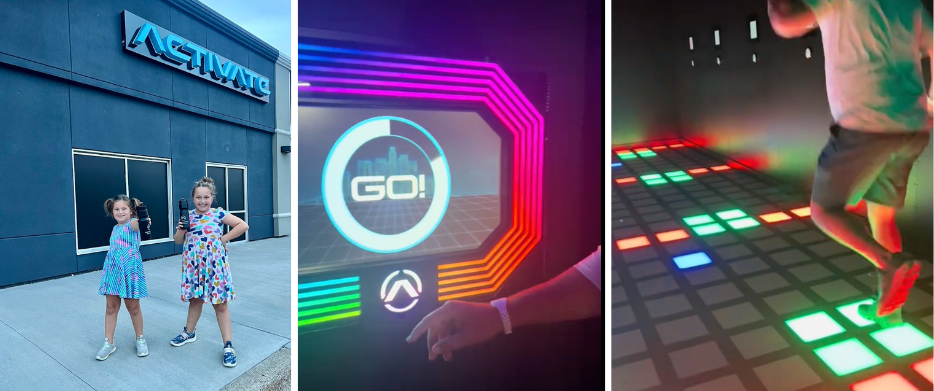Wrapping up a recent course, one of my students approached and asked to talk. It turns out she wasn’t there to review an assignment or clarify a grade. Instead, she was seeking my advice on her future career: what were my thoughts on job prospects for her major; what professional pathways made sense, given our […] The post From the Classroom to the Career Office: Why Career Readiness Belongs in Every Discipline appeared first on Faculty Focus | Higher Ed Teaching & Learning.
Wrapping up a recent course, one of my students approached and asked to talk. It turns out she wasn’t there to review an assignment or clarify a grade. Instead, she was seeking my advice on her future career: what were my thoughts on job prospects for her major; what professional pathways made sense, given our rapidly changing world.
As the conversation touched on search strategies, market forces, and even the shifting nature of work itself, I was struck by how the moment represented a growing phenomenon in higher education: helping students succeed beyond the academic setting is a shared responsibility, particularly as the call for post-academic success continues to grow.
Dedicated career centers lead the way for student success beyond campus, but when students seek guidance on their future professional roles, chances are it will be an instructor to whom they turn. That’s good news for those of us committed to academic success. When students reach out to faculty for career advice, it’s an opportunity to deepen trust and strengthen learner confidence–principles that correlate with learning success. It also allows us to link learning with purpose, while helping us more deeply understand the evolution of our disciplines.
Integrating career readiness into our courses benefits us all. Here are some simple steps to get started:
Instructors Are Career Influencers—Whether We Know It or Not
Classroom instructors are the most consistent professional mentors that students encounter throughout their college years. A passing comment about your own career trajectory, or a few minutes spent discussing potential paths in your field, can expand a student’s sense of what’s possible, particularly for those whose backgrounds lack the types of professional networks that can impact professional success. Inviting professionals into the classroom–whether through alumni networks, or local industry—is an opportunity to provide students with professional roadmaps. Sharing examples of the different ways your discipline shows up in the world can likewise orient students towards a meaningful future in which they will likely change careers multiple times. To help guide conversations, invite students to explore so-called “clusters” of careers using tools such as the U.S. Department of Labor’s Occupational Information Network which provides data on growing fields and industries.
Relevance Drives Engagement
When students understand how their academic work connects to real-world applications, their engagement deepens. They’re more likely to push through a complex assignment when they see how it builds toward the type of skills they can apply to future employment. Not every lesson needs to turn into a job training session but connecting the “what” of our teaching to the “why” that students are so often seeking strengthens outcomes and can also improve student satisfaction. Studies indicate that students gain motivation when they can see how the skills they’re developing serve a purpose beyond the classroom, so canvassing students about their future career goals and integrating conversations and activities that help them map content to careers can be highly effective.
Every Discipline Includes Transferable Skills
Supporting students with future career goals means guiding them to recognize key competencies that develop across disciplines and that are prioritized across professional fields. Key among these are the skills of critical thinking, communication, teamwork, cultural fluency, and ethical decision-making. Students won’t always recognize these as in-demand skills unless we name them, so consistently referencing their utility is an impactful step. That might mean pointing out that a history paper builds research skills; a biology lab fosters analytical reasoning; and a group project in any discipline develops collaboration and leadership skills that are prized in the workplaces of today. By drawing attention to these connections, we help students value the breadth of what they’re learning while helping them understand how to showcase these skills to future employers.
Hybrid Skills Define the Modern Workforce
Today’s employers seek graduates who bring both depth and versatility, meaning team members who know the specifics of their field, but can also communicate, adapt, and think creatively. These hybrid profiles are in demand across sectors and instructors can support their students by embedding assignments that mirror real-world demands. Case studies, presentations, simulations, along with reflective writing, all offer chances to practice skills that matter in professional life. When we give students opportunities to apply knowledge in dynamic ways, we prepare them not only for jobs, but for the type of lifelong learning these professional positions will demand.
Helping students prepare for their careers doesn’t dilute academic rigor; it strengthens it by affirming that education matters in the world beyond academics. That day in the classroom, as I listened to my student’s questions about her future, I realized she wasn’t looking for certainty, but rather the opportunity to engage in the very skills we’ve always valued in teaching: critical questioning, reflection, and the ability to envision new ways to advance. Faculty are in a unique position to offer this type of guidance. Embracing and integrating career readiness into our teaching supports the pedagogical goals of the classroom while helping students succeed well beyond them.
Juli S. Charkes, EdD, is a former Director of a Center for Teaching and Learning where she led faculty development across 100 academic programs. She has been a classroom instructor for the past 14 years, teaching organizational leadership, communications, and media studies at both the undergraduate and graduate levels.
References
Universities Address Workforce and career readiness. (n.d.-c). https://kaplan.com/about/trends-insights/universities-address-workforce-and-career-readiness
Pleschová, G., Sutherland, K. A., Felten, P., Forsyth, R., & Wright, M. C. (2025). Trust-building as inherent to academic development practice. International Journal for Academic Development, 30(1), 1–13. https://doi.org/10.1080/1360144X.2025.2454704
The future of work is non-linear (or why you’ll have more than one career in your lifetime). World Economic Forum. (n.d.). https://www.weforum.org/stories/2023/05/workers-multiple-careers-jobs-skills/
Fish, N., Bertone, S., & van Gramberg, B. (2025). Improving student engagement in employability development: recognising and reducing affective and behavioural barriers. Studies in Higher Education, 1–16. https://doi.org/10.1080/03075079.2025.2461271
Bauer-Wolf, J. (2023, November 30). Employers value a college degree but think students lack some skills, survey says. Higher Ed Dive. https://www.highereddive.com/news/employers-value-a-college-degree-but-think-students-lack-some-skills-surve/701051/
Mashek, D. (2022, June 23). Collaboration is a key skill. so why aren’t we teaching it? MIT Sloan Management Review. https://sloanreview.mit.edu/article/collaboration-is-a-key-skill-so-why-arent-we-teaching-it/
The post From the Classroom to the Career Office: Why Career Readiness Belongs in Every Discipline appeared first on Faculty Focus | Higher Ed Teaching & Learning.











